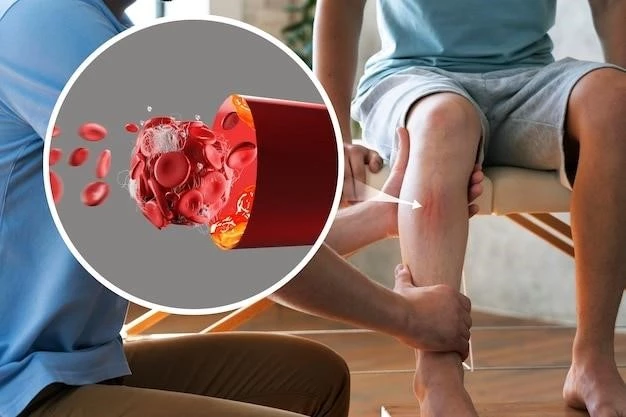Causes of Chondroectodermal Dysplasia
Chondroectodermal Dysplasia is primarily caused by genetic mutations affecting the EVC and EVC2 genes, leading to developmental abnormalities.
Genetic Mutations
The genetic mutations associated with Chondroectodermal Dysplasia involve alterations in the EVC and EVC2 genes. These mutations disrupt proper skeletal and ectodermal development, leading to the characteristic features of the condition. Inheritance is typically autosomal recessive, with both parents carrying a mutated gene. The exact mechanisms by which these mutations cause the dysplasia are complex and are still under active research.
Symptoms and Signs of Chondroectodermal Dysplasia
Individuals with Chondroectodermal Dysplasia may exhibit physical characteristics such as short stature, skeletal abnormalities, dental issues, and abnormalities in the nails and skin.
Physical Characteristics
The physical characteristics of Chondroectodermal Dysplasia often include short stature, limb abnormalities, polydactyly, dental anomalies, narrow chest, brachydactyly, and malformed nails. Additionally, individuals may exhibit cone-shaped epiphyses, delay in skeletal maturation, prominent forehead, and abnormalities in hair and skin.
Diagnosis and Testing for Chondroectodermal Dysplasia
Diagnosis involves clinical evaluation, imaging studies, and genetic testing to confirm mutations in the EVC and EVC2 genes associated with the condition.
Prenatal Testing
Prenatal testing for Chondroectodermal Dysplasia involves procedures like ultrasound to detect abnormalities, amniocentesis, or chorionic villus sampling to analyze fetal DNA for genetic mutations in the EVC and EVC2 genes. Early detection enables informed decision-making and planning for appropriate medical interventions.

Treatment Options for Chondroectodermal Dysplasia
Treatment involves a multidisciplinary approach addressing skeletal abnormalities, dental issues, and other complications through surgeries and supportive care.
Surgical Interventions
Surgical interventions for Chondroectodermal Dysplasia may include limb lengthening procedures, correction of skeletal deformities, dental surgeries, and treatments for associated complications. These surgeries aim to improve functionality, alleviate pain, and enhance the quality of life for individuals with the condition.
Prognosis and Outlook for Chondroectodermal Dysplasia
The prognosis of Chondroectodermal Dysplasia varies depending on the severity of skeletal and ectodermal manifestations and the implementation of appropriate interventions to manage symptoms.
Long-Term Outcomes
Long-term outcomes for individuals with Chondroectodermal Dysplasia depend on the management of complications, adherence to treatment plans, and the overall impact on quality of life. Regular monitoring, timely interventions, and supportive care play key roles in enhancing long-term outcomes and promoting better quality of life for affected individuals.
Management Strategies for Chondroectodermal Dysplasia
Effective management includes a multidisciplinary approach involving orthopedic specialists, genetic counselors, dentists, and other healthcare professionals to address the complex needs of individuals with Chondroectodermal Dysplasia.
Multidisciplinary Approach
The multidisciplinary approach to managing Chondroectodermal Dysplasia involves coordinated care from orthopedic surgeons, geneticists, dentists, physical therapists, and other specialists. This comprehensive care strategy focuses on addressing skeletal abnormalities, dental issues, skin problems, and other associated complications. Regular evaluations, collaborative treatment planning, and ongoing support are essential components of this holistic approach to optimize the quality of life for individuals with Chondroectodermal Dysplasia.
